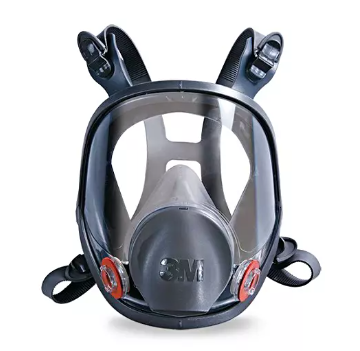Preventive maintenance is the process of regularly maintaining equipment to prevent breakdowns, reduce downtime, and extend the lifespan of the equipment. Implementing a preventive maintenance program in your facility can help to increase productivity, reduce costs, and ensure that equipment is safe and reliable. In this blog post, we'll explore how to implement a preventive maintenance program in your facility.
- Conduct a Equipment Inventory and Assessment
- The first step in implementing a preventive maintenance program is to conduct an inventory of all the equipment in your facility.
- This inventory should include all types of equipment, such as machinery, vehicles, and tools.
- Once you have an inventory, assess the condition of each piece of equipment. Determine which equipment is critical to your operations and which equipment can be maintained less frequently.
- Create a Maintenance Schedule
- Once you've assessed your equipment, create a maintenance schedule for each piece of equipment.
- The maintenance schedule should include the type of maintenance needed, the frequency of maintenance, and the person responsible for performing the maintenance.
- Consider the manufacturer's recommendations for maintenance and consult with equipment operators and maintenance personnel to determine the appropriate maintenance schedule.
- Establish Maintenance Procedures and Protocols
- Develop maintenance procedures and protocols for each type of maintenance needed.
- These procedures should include step-by-step instructions for performing the maintenance, as well as any necessary safety precautions.
- Make sure all personnel involved in equipment maintenance are trained on the procedures and protocols.
- Utilize Technology
- Technology can help to streamline the preventive maintenance process.
- Consider using computerized maintenance management software (CMMS) to schedule and track maintenance activities.
- CMMS can also be used to track maintenance history, identify trends, and plan for future maintenance needs.
- Assign Responsibility and Accountability
- Assign responsibility for each piece of equipment to a specific individual or team.
- This person or team should be responsible for ensuring that the equipment is maintained according to the schedule and procedures established in the preventive maintenance program.
- Establish accountability measures to ensure that maintenance is performed on time and to the appropriate standards.
- Conduct Regular Inspections
- Regular inspections can help to identify equipment issues before they become larger problems.
- Inspect equipment regularly to identify any signs of wear and tear, damage, or other issues that may require maintenance.
- Conduct inspections according to the preventive maintenance schedule.
- Monitor and Measure Performance
- Monitor and measure the performance of the preventive maintenance program.
- Use performance metrics such as equipment uptime, maintenance costs, and equipment lifespan to evaluate the success of the program.
- Use this information to make adjustments to the program as needed.
- Continuously Improve the Program
- A preventive maintenance program is an ongoing process that should be continuously improved.
- Use feedback from personnel involved in equipment maintenance and from performance metrics to identify areas for improvement.
- Make adjustments to the maintenance schedule, procedures, or protocols as needed to ensure that the program is effective.
Implementing a preventive maintenance program in your facility can help to increase productivity, reduce costs, and ensure that equipment is safe and reliable. Conduct an equipment inventory and assessment, create a maintenance schedule, establish maintenance procedures and protocols, utilize technology, assign responsibility and accountability, conduct regular inspections, monitor and measure performance, and continuously improve the program. By implementing a preventive maintenance program, you can extend the lifespan of your equipment, reduce downtime, and increase the efficiency of your operations.
 (508) 492-8975
(508) 492-8975








